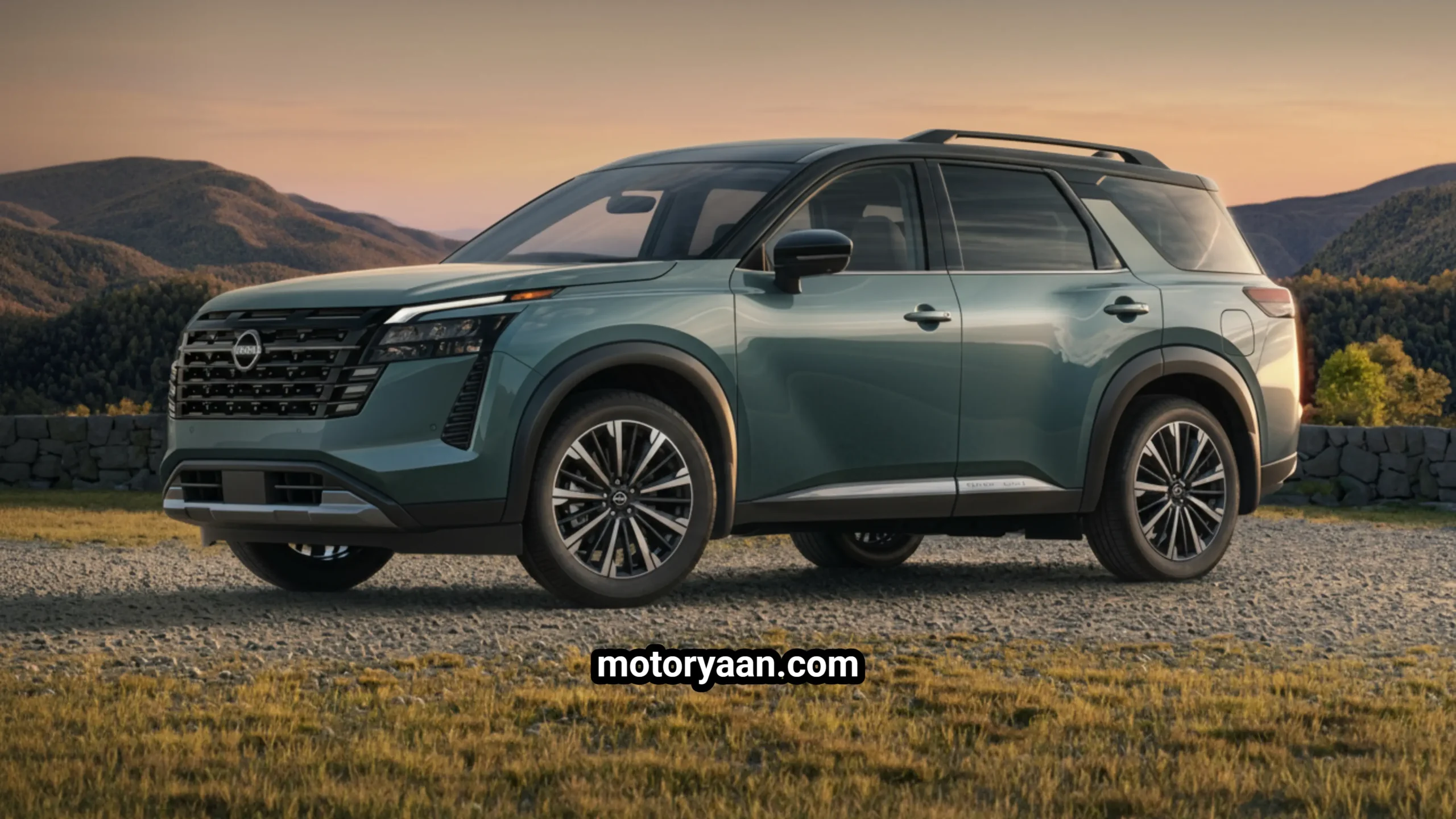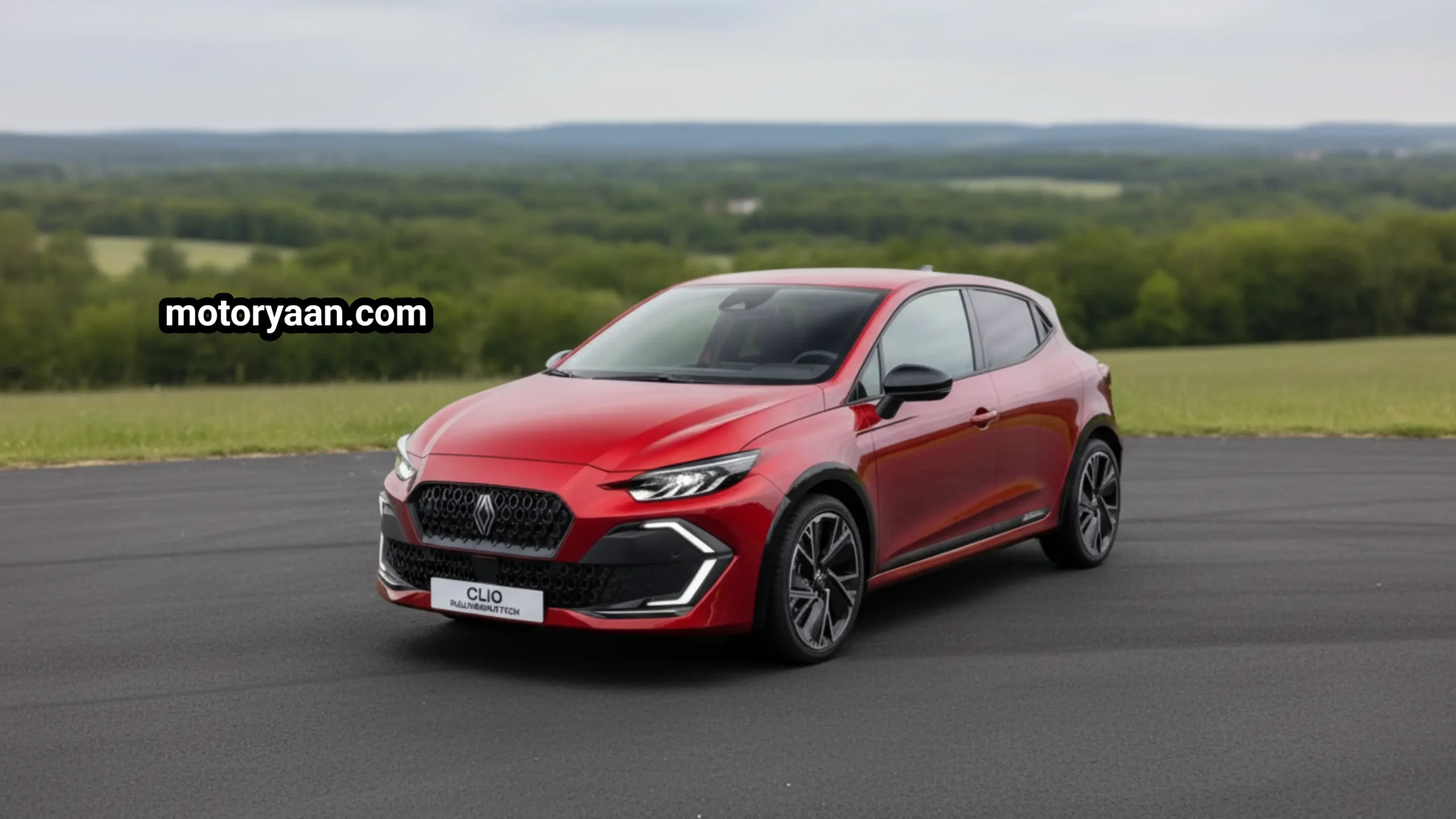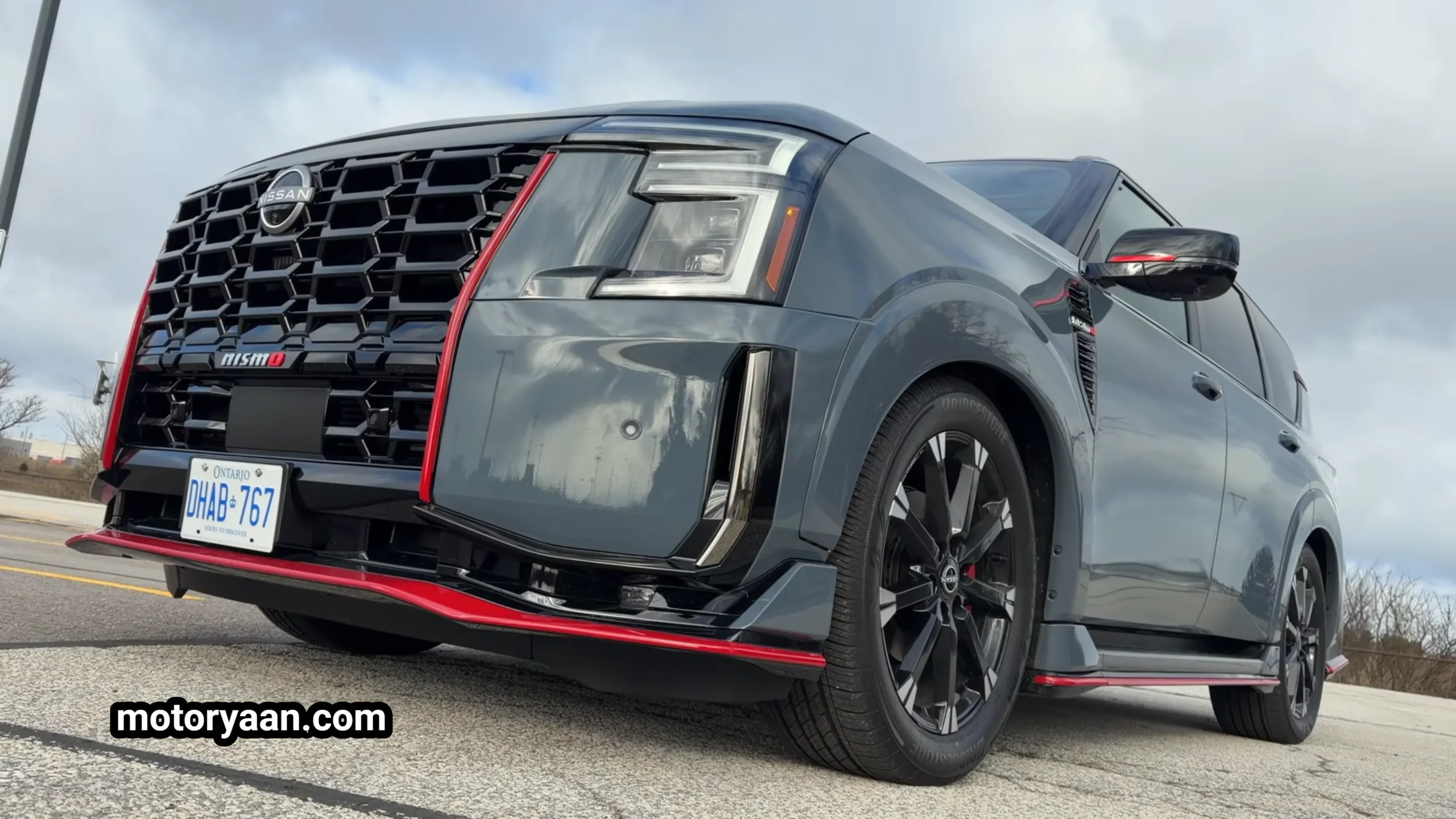The demand for electric vehicles is increasing rapidly in India, and now Renault is also preparing to enter this race. The Renault Kwid EV can be the company’s first entry-level electric car, which will compete with existing options like the Tata Tiago EV, MG Comet EV, and Citroen e-C3 in the Indian market.
Renault Kwid EV: Key Features, Powertrain, and Range Details
The Renault Kwid EV is being built on the platform of the Dacia Spring EV, which has already been successful in the international markets. Some special features are to be expected from the Indian variant.
Two motor options:
44 bhp base variant
64 bhp top variant
Battery and Range:
26.8 kWh battery pack, which can give a range of around 220 km (claimed)
Design Highlights:
Y-shaped taillights
Rear wiper
Compact design
Why is Kwid EV Important for Renault?
Renault’s Kwid EV will be the company’s first offering in the EV segment in India. Renault can get many benefits through this car:
There is a lot of demand for budget-friendly vehicles in the EV segment, and the Renault Kwid EV can fill this gap.
Renault is already popular among small cities and budget customers through the Kwid ICE model. The EV version will further strengthen the brand’s presence in the Indian markets.
Additionally, by entering the EV segment with an affordable model like the Kwid EV, Renault can position itself as a leader in sustainable mobility solutions, catering to the growing awareness and demand for environmentally friendly transportation options.
With the Kwid EV variant, the company can challenge brands like Tata, MG, and Citroën with competitive pricing and simple but durable features.
Who Will Be the Competitor?
The Renault Kwid EV will compete with many existing cars in the Indian EV market. Below is a comparison table:
Renault Kwid EV vs Tata Tiago EV, MG Comet EV, Citroën ë-C3
| Feature / Car Name | Renault Kwid EV (Expected) | Tata Tiago EV | MG Comet EV | Citroën ë-C3 |
|---|---|---|---|---|
| Battery Capacity | 26.8 kWh | 19.2 / 24 kWh | 17.3 kWh | 29.2 kWh |
| Claimed Range | 220 km | 250–315 km | 230 km | 320 km |
| Power Output | 44 / 64 bhp | 60 bhp | 41 bhp | 57 bhp |
| Estimated Price (₹) | ₹6 – ₹8 lakh | ₹7 – ₹9 lakh | ₹6 – ₹8 lakh | ₹11 – ₹12 lakh |
| Seating Capacity | 4–5 | 5 | 4 | 5 |
| Target Customers | Budget EV buyers | Urban EV users | Youth & city use | Long-range seekers |
Conclusion: Is the Renault Kwid EV the Right Choice?
With the launch in India, the Renault Kwid EV will be a strong entry for Renault in the EV market. Its affordability, combined with essential features and a reliable performance, positions it as a compelling option for budget-conscious consumers looking to transition to electric vehicles. As the market evolves, the Kwid EV could play a significant role in shaping the future of urban mobility in India.
Offer a great balance between price and range
Ideal for customers looking to buy an EV for the first time
Renault already has a strong identity built on the Kwid ICE model. Now if the same trusted design is available in EV form, it could be a big game changer for the company.
🔗 For more such automobile news, visit motoryaan.com
Frequently Asked Questions (FAQs) – Renault Kwid EV
1. What is the expected price of the Renault Kwid EV?
The Kwid EV is expected to be priced between ₹6 lakh to ₹8 lakh, making it one of the most affordable electric cars in India.
2. What is the expected range of the Renault Kwid EV?
The Kwid EV may offer a claimed range of around 220 km on a single charge, suitable for city and short intercity travel.
3. What type of motor options will the Kwid EV offer?
It is expected to come with two motor options – a 44 bhp base variant and a more powerful 64 bhp top variant.
4. How does the Kwid EV compare to its rivals?
The Renault Kwid EV will compete with the Tata Tiago EV, MG Comet EV, and Citroën ë-C3, offering a solid balance of range, price, and features.
5. Is the Renault Kwid EV suitable for first-time EV buyers?
Yes, its pricing, ease of use, and familiar design make it a great option for first-time EV owners, especially in urban and semi-urban areas.
Have questions about the Renault Kwid EV or any other car? Just fill out the contact form below to ask us directly! Our team at Motoryaan.com will get back to you with expert insights and the latest updates to help you make the right choice.









